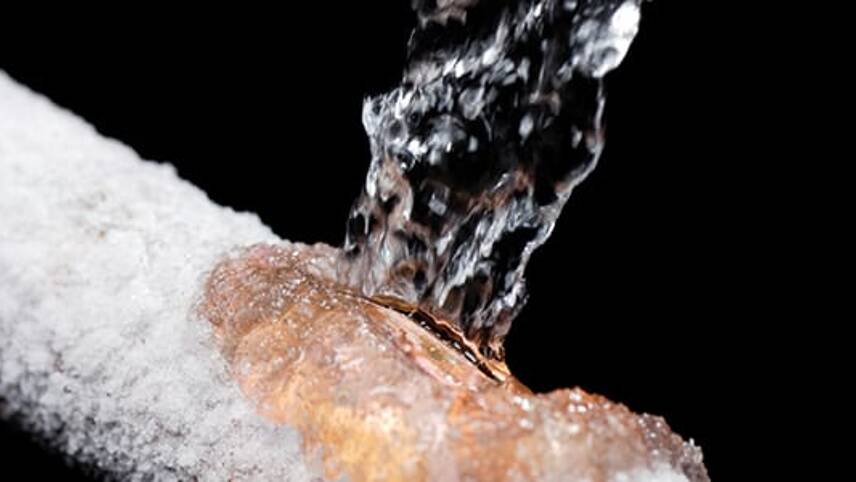Member only content free until 26/05/2024
To continue reading this article and enjoying free access to all Utility Week’s content up to the 26/05/2024 Register today!
Ready to become a member?

The water sector’s ability to respond to increasingly hot summers has been questioned.
Speaking at Utility Week Live, SES innovation director Jeremy Heath warned that extended periods of hotter temperatures puts water infrastructure at greater risk of bursts and leaks due to associated ground movement.
He said that while the sector has developed a good understanding of how to respond to freeze-thaw events, water companies must now focus their attention on mitigating the impact of droughts.
“My concern is that these summers will be the normal going forward,” Heath said, adding that the company’s burst rate when drought conditions persisted last summer was the worst it had experienced for years.
Last summer, drought conditions were declared across nine regions of England and hosepipe bans were imposed by five water companies – the first in a decade. 2022 was also the hottest the UK experienced since records began in 1659.
The hot summer was followed by a colder winter than the southeast of England is used to. “This was a nightmare for spikes in bursts,” Heath said. The first spike came with the freeze, and the second more pronounced increase in bursts happened when the weather subsided and pipes thawed again.
SES last year went live with the industry’s first all-smart water network. Heath described the results from its first year as overwhelmingly positive.
The company added sensors throughout its system, which feed back one-minute data every 15 minutes to make predictions for each district metered area (DMA).
Heath told Utility Week Live the average burst runtime dropped 40% thanks to the Aquasite system. It allows teams to locate and pinpoint bursts to make a repair, which was previously an average of 3.9 days runtime, down to 2.3 days.
“This is not a quicker fix,” Heath said. “It’s quicker at finding them [leaks].” Teams are able to pick up leaks within two hours and carry out same day repairs, he added.
The machine learning tool is informed by previous events, however extreme weather events last year challenged the system’s capabilities.
After the dry summer, the winter brought the highest burst rate for SES since 1998 and control room alarms went up six times their average rate during the freeze-thaw.
Of these raised by the system, 91% were “genuine” alarms and only 3% of the false alarms were analysis problems, which Heath said indicated the sensors were not overly sensitive and allowed despatch teams to focus their efforts on real bursts.




Please login or Register to leave a comment.